
A Mindful Space
As the home is redefined, the workspace evolves in response...
These days there’s a continual desire for a place to retreat to, and escape from the world of technology and stress outside. We all have a dream of home – a space where one can find rest and calm down and be yourself. At the same time though, the boundary between our homes and our workplaces is blurring, not only because we increasingly do some of our work from home, but also because our workplaces have become more like shared homes, and now include plenty of communal spaces such as kitchens, teapoints, sofa areas, quiet spaces and so on.
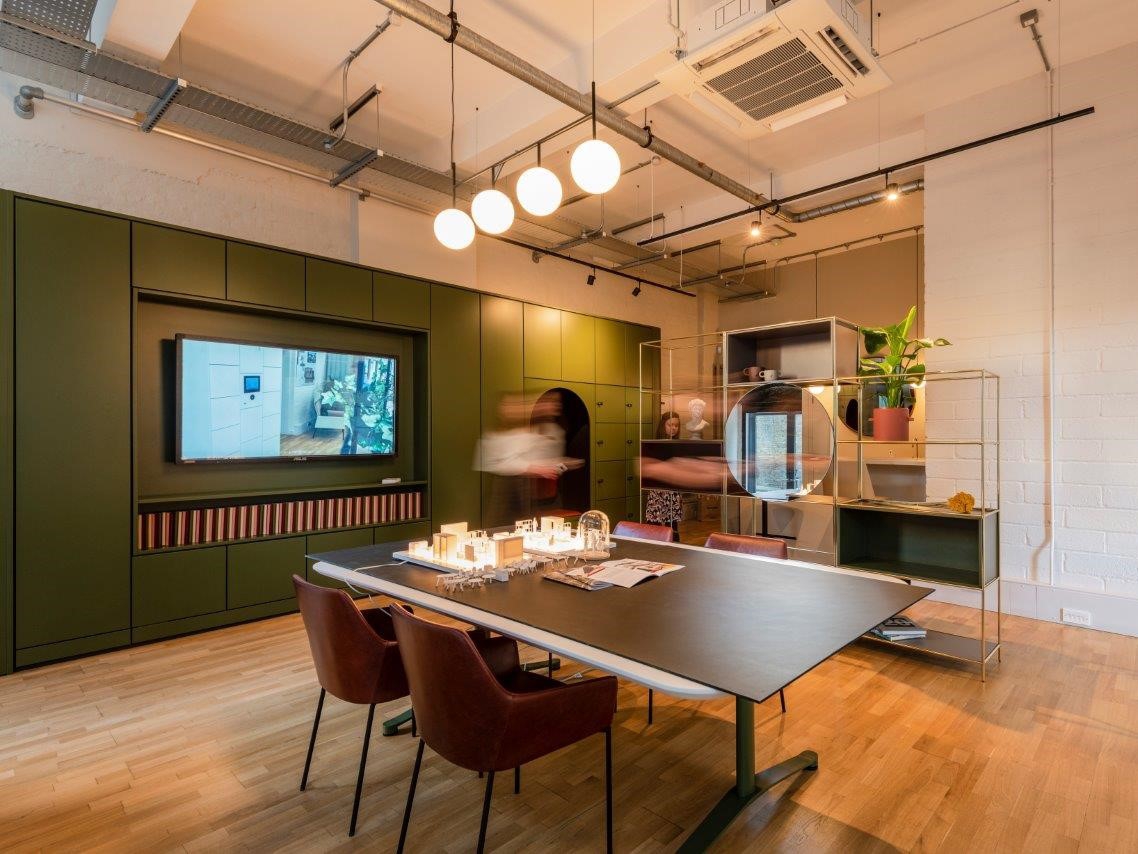
Over the years, workplace and domestic interiors have become more like one another. And this year, we’ll be seeing an increased focus on designing holistically; for the people and their personal experience of place, which is why we’ve themed this issue around “A Mindful Space”. The key trends we’ll be focusing on this time around are Individuality, Authenticity and Sustainability, all of which are essential to the formation of a Mindful Space.
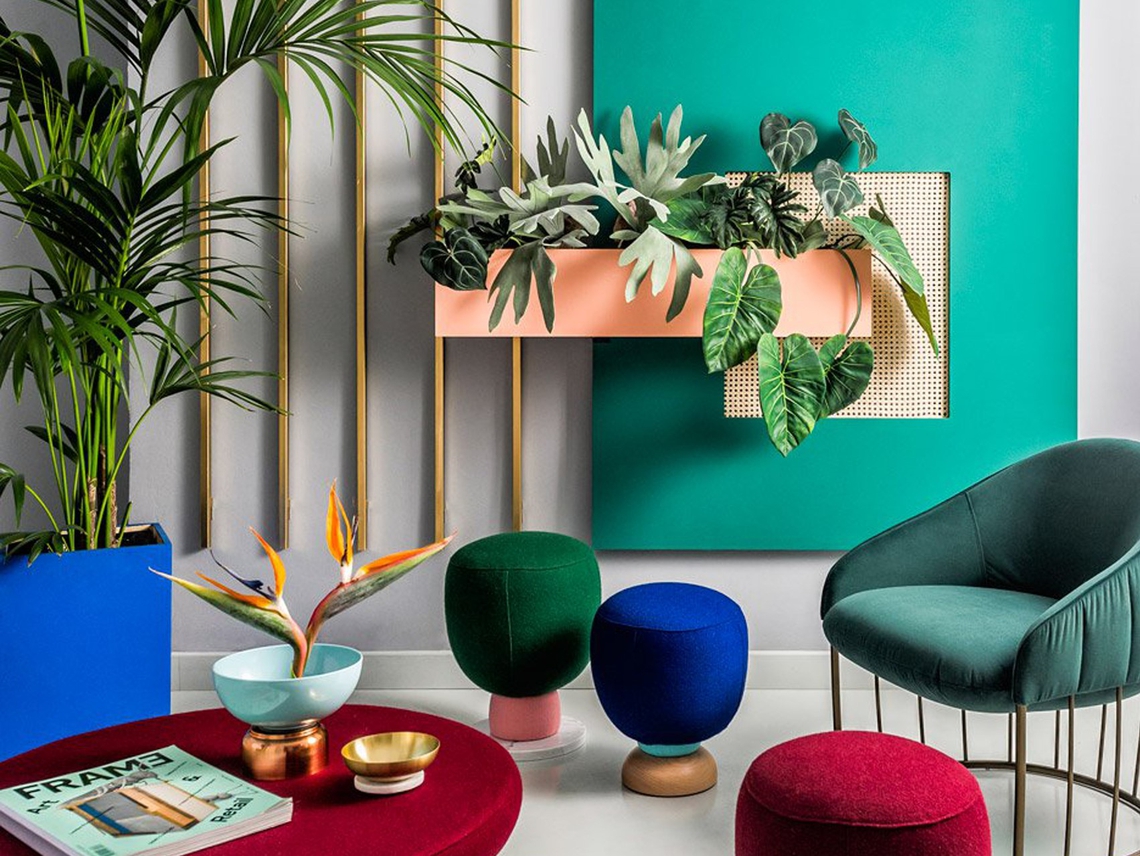
The definition of a “home” is also changing in other ways. As buying a house is becoming much harder, we’re seeing huge growth in the rental sector, and in sharing with roommates: some experts predict that by 2050, three-quarters of the US population will live in cities, and mostly in rented accommodation with roommates.
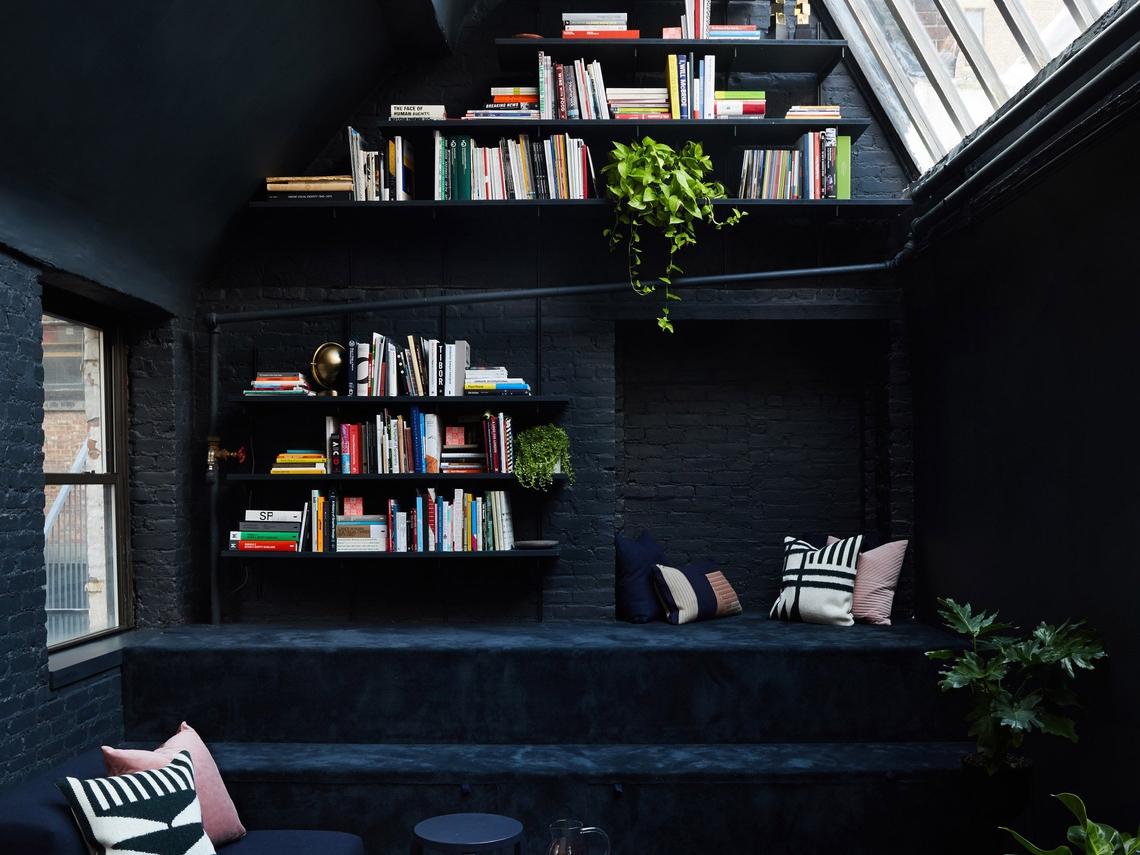
More and more of us are living together. And just as there’s been a great rise in the popularity of coworking spaces, and in sharing one’s house with others through apps like AirBnB, recent years have also brought an abundance of new co-living developments (many of which themselves contain coworking spaces alongside other shared amenities). In fact, many residents have found that their quality of life has been significantly enhanced by these new forms of communal living, from young, single professionals just arrived in the city, to elderly people suffering from loneliness and seeking a new lease of life. According to architect Alexis Dormier, “This is a trend away from individuality towards community, slowly leading our lives back to a place where we live as tribes and families for a sustainable future.”
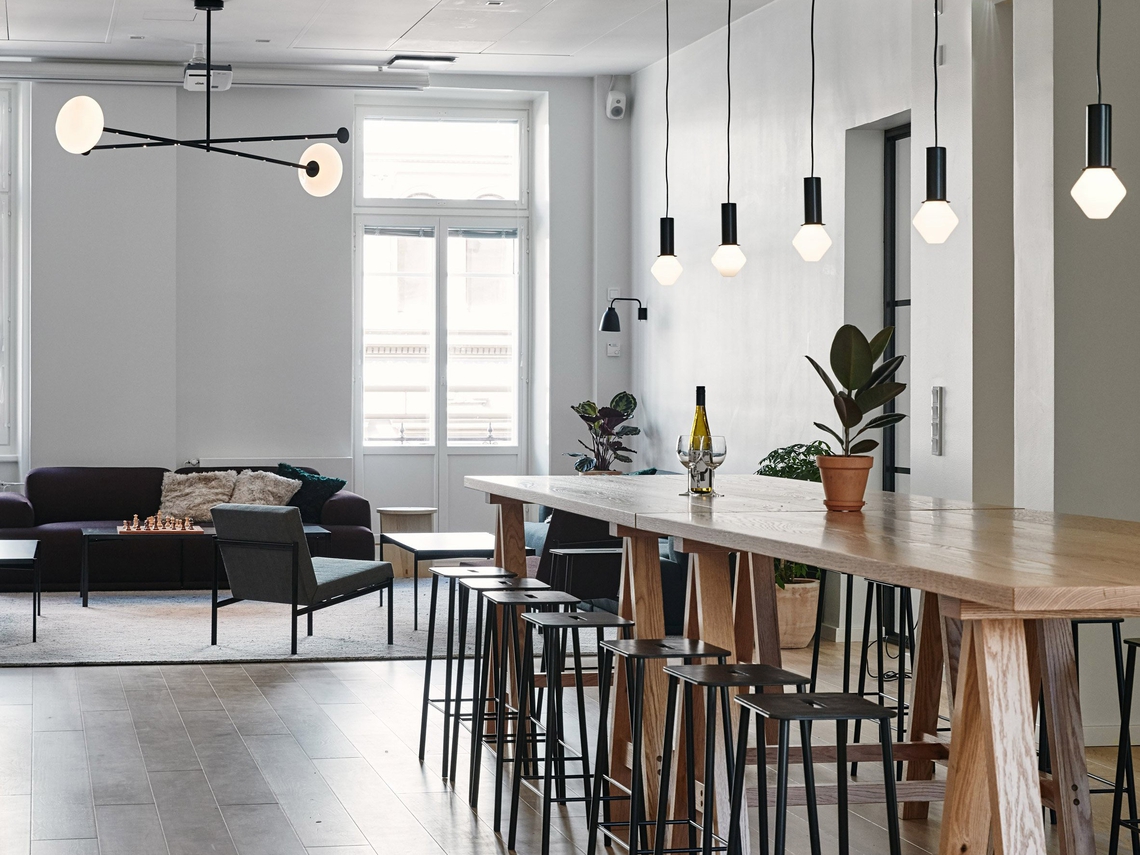
Coworking spaces and co-living spaces are more popular than ever before; these days we live together and we work together, and that’s changed the way we look at design. When designing a Mindful Space, the most important thing is to strike the right balance between private and shared space. Tanya Wood, director of Soho House & Co’s new coworking venture Soho Works, explains, “People are spending less physical time at their formal office. They want spaces that actually cater for, and enhance, their working lives. That could be access to everything from gyms or social space, bedrooms or a provision of studios and specialist equipment or facilities to support content creators.”
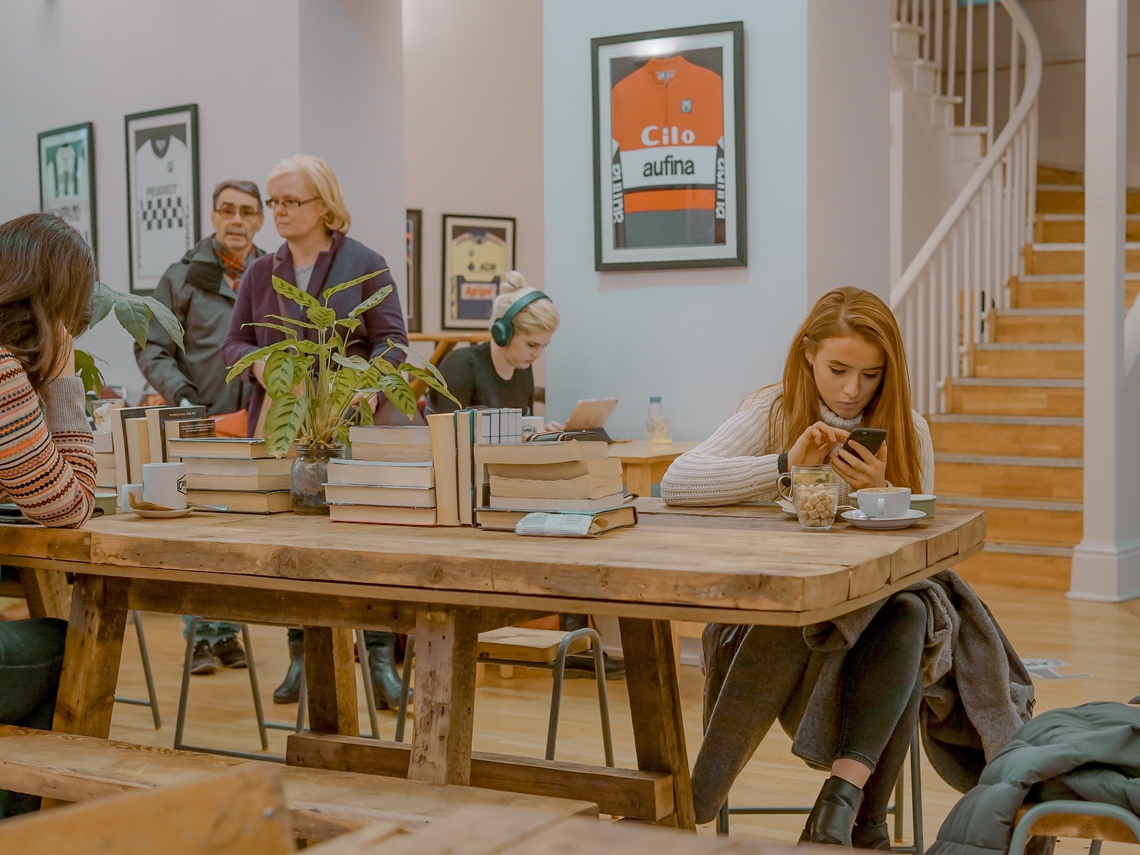
Furthermore, today’s renters want their furniture to be sustainable. Even if they have to move a lot, they don’t want to throw away and replace everything every time they move. Rather they want furniture that’s portable, and modular, so it can be reconfigured to suit changing spaces, and designed to last a long time. And we’re seeing this reflected in the workspace; flexibility is key to Mindful Spaces. Our homes and workplaces have to be agile, so that they can suit our changing needs, and provide for different kinds of people.

Another interesting development is that, as long-term renters are growing increasingly dissatisfied with spaces that feel impermanent and impersonal, they’re looking for ways to stamp their identity on their homes. As such, they want well-designed furniture that can be customised to reflect their individuality. They want beautiful pieces they won’t grow tired of – the kinds of pieces that, in the famous words of Japanese tidying phenomenon Marie Kondo, “spark joy in your heart”.

Lastly, many of our dreams of home are rooted in the past rather than the future, so designers should be revisiting old materials and styles, and playing with the appeal of the familiar. In keeping with the traditional Japanese aesthetic philosophy of Wabi-sabi, it’s good to find beauty in imperfection, accept the passing of time, and celebrate traditional craftsmanship. In these fast-paced, high-tech times, we’re increasingly drawn towards rooms with a history; with unpainted walls, worn floors, exposed structural elements and the like. Such authentic environments are not only relaxing, but also encourage self-reflection, and help us to reconnect with our roots; if you’d like to know more, read on, as we’ll explore the Authenticity trend, and many other things besides, in depth in the following pages.
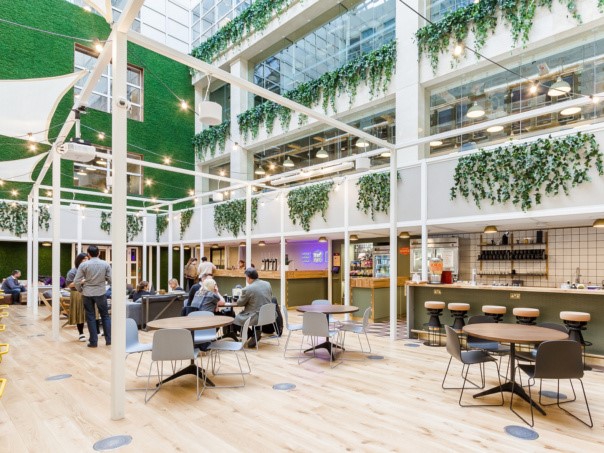
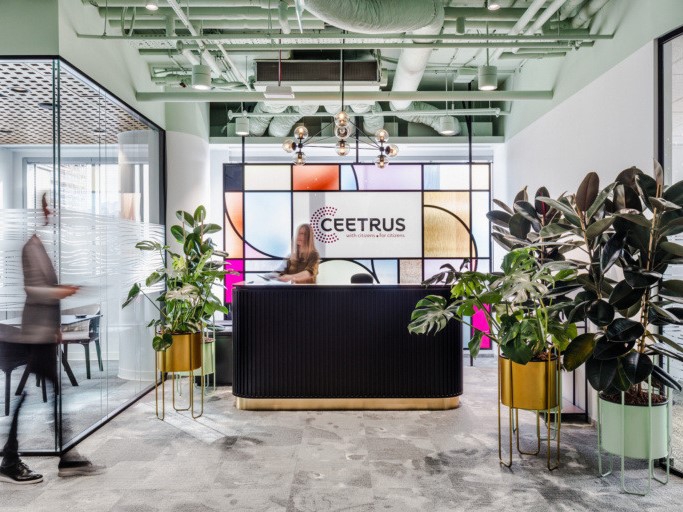
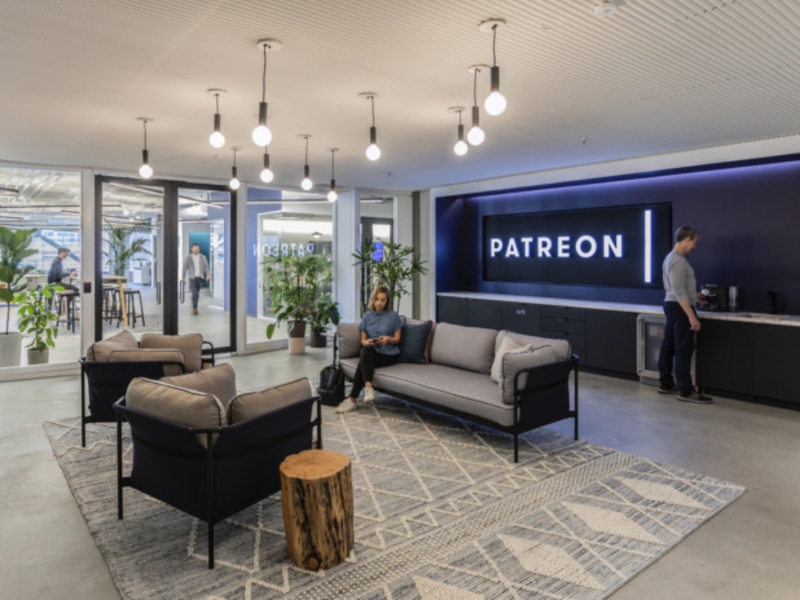

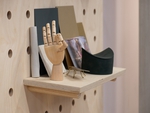

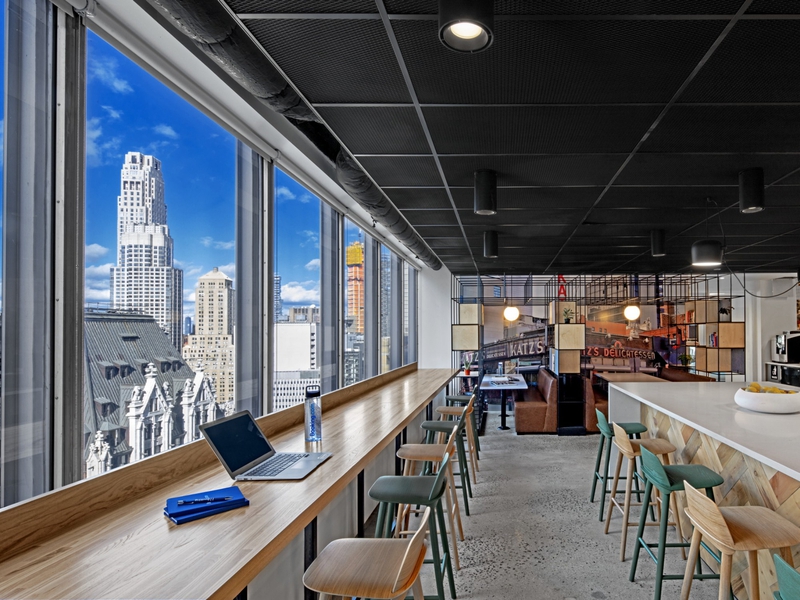
Bringing the company together in the heart of Manhattan's financial district, Booking.com have recently relocated into …
PROFESSIONAL SERVICES
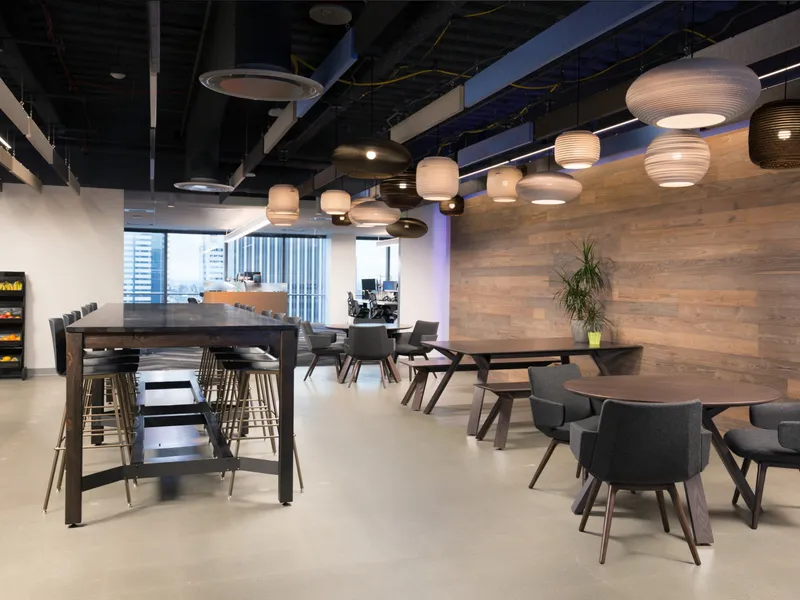
For their headquarters in Seattle, online real estate company Zillow Group have transformed their new offices into a po…
REAL ESTATE
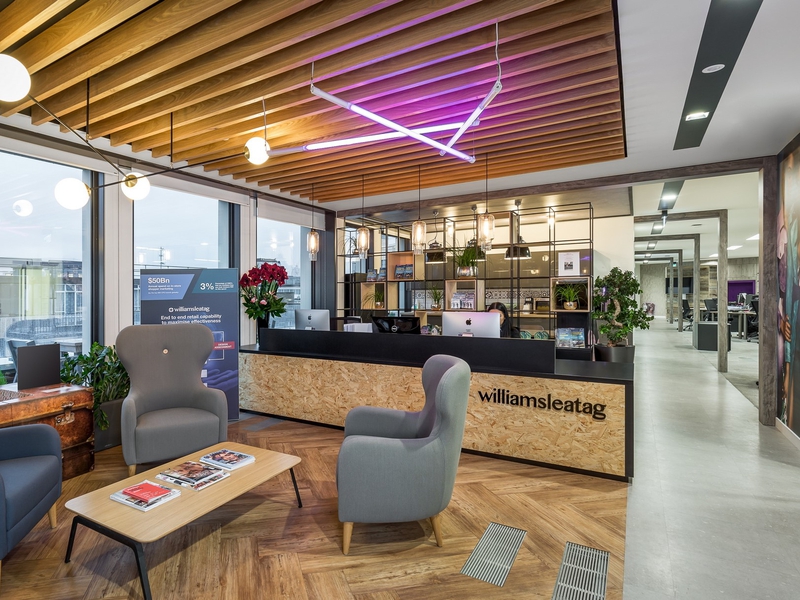
Williams Lea Tag's new offices in London provide a workspace that is both adaptable to the company's needs and sustaina…
PROFESSIONAL SERVICES